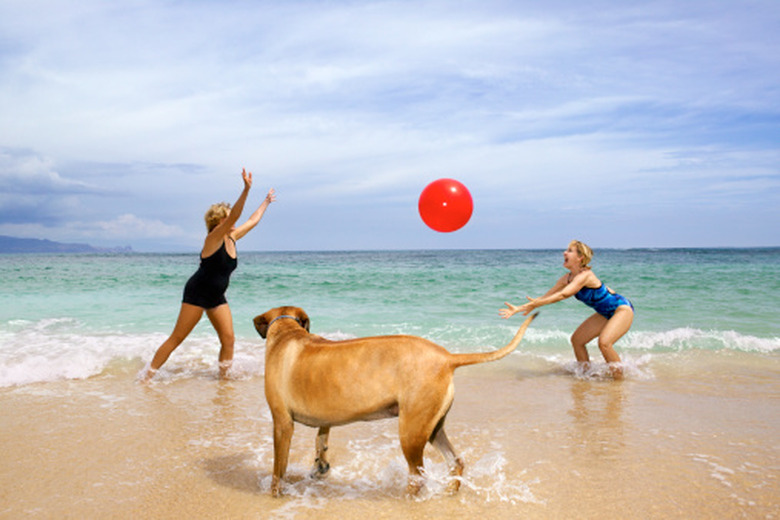What Happens To Air Resistance As Objects Move Faster?
Air resistance takes place between the air that surrounds an object and the surface of a falling object. As an object begins to move faster, air resistance or drag increases. Drag means the amount of air resistance impacting an object when it is moving. Drag occurs when air pulls on moving objects. When the air is denser, this slows down the movement of objects because the object has to shove aside heavier molecules. When this type of air resistance occurs, it is referred to as drag. A good example is when you hold your hand outside the window of a moving car.
Gravity Versus Air Resistance
Gravity Versus Air Resistance
The force of gravity is referred to as the weight of the object. When an object falls in the air — before the object reaches terminal velocity — gravity has more of an impact on the object then does air resistance. If air resistance were the larger of the two forces, falling objects would float and never fall to the ground. When a skydiver pulls the rip cord, air resistance is the larger factor for a short period of time, until the diver reaches terminal velocity before hitting the ground.
Free Falling
Free Falling
According to Physicsclassroom.com, all objects, regardless of their weight, free fall at the same acceleration. This acceleration value is called the "acceleration of gravity." When an object is free falling, this means the only force that is acting on the object is gravity. When an object free falls, it does not encounter a significant force of air resistance.
Always Some Air Resistance
Always Some Air Resistance
However, a falling object is going to run into some degree of air resistance. Air resistance is the outcome of collisions between the object's leading surface and air molecules. How much air resistance the object encounters depends on the speed the object is traveling and the cross sectional area of the object. When the object is falling faster, this increases air resistance.
Other Types of Air Resistance
Other Types of Air Resistance
Fluid friction is air resistance. When a person swims, that person is displaying fluid friction. Fluid friction occurs when something is moving through fluid. Other types of friction includes rolling friction that takes place when a rounded surface moves over a solid surface. Sliding friction happens when a solid object moves over something else that is solid. Static friction is the result of one solid touching another solid, but no movement takes place.
Cite This Article
MLA
Pearce, Cindi. "What Happens To Air Resistance As Objects Move Faster?" sciencing.com, https://www.sciencing.com/happens-resistance-objects-move-faster-8549113/. 24 April 2017.
APA
Pearce, Cindi. (2017, April 24). What Happens To Air Resistance As Objects Move Faster?. sciencing.com. Retrieved from https://www.sciencing.com/happens-resistance-objects-move-faster-8549113/
Chicago
Pearce, Cindi. What Happens To Air Resistance As Objects Move Faster? last modified March 24, 2022. https://www.sciencing.com/happens-resistance-objects-move-faster-8549113/
